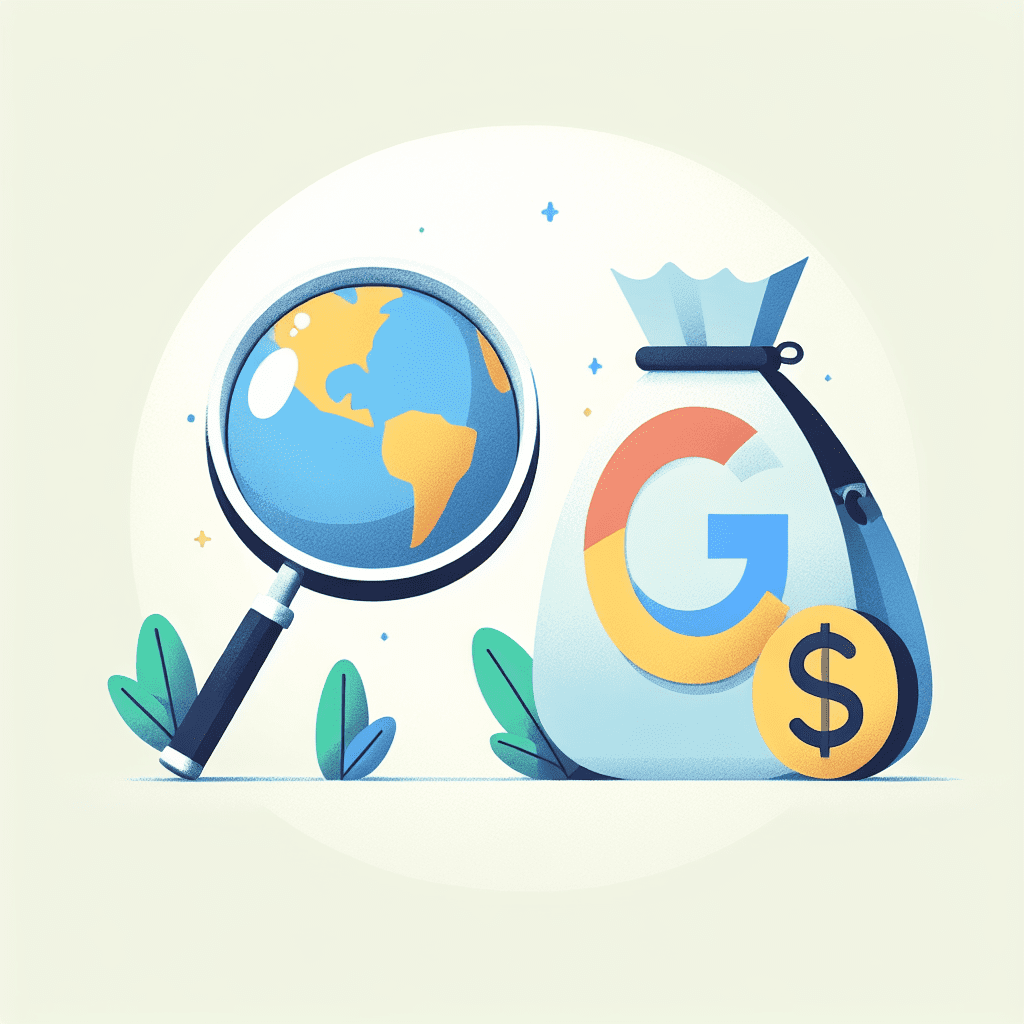Today we’re talking about SEO and Google Ads. Two tools, one goal: get people to your site. One plays the long game with strategy and patience; the other throws money at the problem and shows up immediately. It’s kind of like gardening versus ordering takeout. Both get you fed, just in very different ways.
So, what really sets them apart? And which one should you use? Let’s break it down.
Where the traffic comes from: earned vs. bought
SEO is like earning your spot at the cool kids’ table. You tweak your site, write helpful content, fix your page speed, make it mobile-friendly, build some backlinks, and eventually, Google nods in approval. Your reward? A higher spot in the search results. You didn’t pay for it directly, but you definitely worked for it.
Google Ads is more like cutting the line. You bid on keywords, and if your bid and ad quality are good enough, you get a prime seat; above or below the organic results. But every time someone clicks, you pay. Whether they buy something or just bounce after three seconds, that click cost you.
Source: WordStream: Google Ads Industry Benchmarks
The cost question: is “free” really free?
Some folks call SEO free traffic. That’s… optimistic. You’re not paying per click, sure, but the costs stack up elsewhere. Content writers, SEO tools, developers fixing your site’s crawl errors—none of that comes cheap. And the payoff? It builds over time, like compound interest, but slower.
Google Ads, on the flip side, is brutally straightforward. You pay for clicks. The cost-per-click (CPC) varies wildly depending on your industry. Legal and finance keywords, for example, can go north of $50 per click. That’s not a typo. One click. Fifty bucks. You better hope that visitor is ready to commit.
Source: WordStream: Google Ads Industry Benchmarks
How soon do you see results?
Here’s where the personalities of these two really show. SEO is patient. It takes time to build trust with search engines. You might wait three to six months, or longer, before your rankings start to climb. It’s like trying to get in shape. You don’t see abs after one salad.
Google Ads is impatient. You set up a campaign, get it approved, and boom, your ad is live. You can start seeing traffic within hours. It’s perfect when you need visibility right now, like during a product launch or seasonal sale.
Source: Ahrefs: How Long Does SEO Take?
Staying power: who sticks around longer?
Once your SEO is working, it tends to stick; at least for a while. If you rank well for a keyword and keep your site updated, that spot is yours to lose. You’re not paying for each click, and the traffic keeps flowing. It’s the gift that keeps on giving.
Google Ads doesn’t work that way. When your budget runs out, your ad disappears. No budget, no clicks, no visibility. It’s great for bursts of traffic, but there’s no residual benefit. Like renting a billboard for a month and then watching it vanish overnight.
Click-through rates and trust: who do people believe?
Here’s something interesting. People trust organic results more than ads. A 2022 study from Sistrix found that the first organic result in Google gets an average click-through rate (CTR) of 28.5%. Paid ads? Much lower. Even the top one.
Why? Probably because we’ve all been trained to skip past the ads. We know they’re ads. And while they can be effective, they don’t always win the trust game. Organic results feel earned, and that carries weight with users.
Source: Sistrix: CTR in Google Organic Search
Targeting: how specific can you get?
This is where Google Ads flexes. You can target by location, device, time of day, age, interests, even past behavior. Want to show your ad only to people in Chicago who searched for “emergency plumber” after 8 p.m.? You can do that.
SEO isn’t as precise. You write content around keywords and hope it matches what your audience is searching for. You can guide the intent, but you can’t control who sees it with the same granularity. That said, SEO tends to attract people who are researching, comparing, and thinking. They’re further along in the decision-making process, which can lead to better conversions if you play your cards right.
Data and insights: what do you get back?
Google Ads gives you a firehose of data. Impressions, clicks, conversions, bounce rate, time on page—you can slice and dice it all. That makes it great for testing and tweaking. You can run two versions of an ad, see which one performs better, and adjust on the fly.
SEO data is more of a slow drip. You get impressions and clicks from Google Search Console, and you can track behavior in Google Analytics. But it’s harder to tie actions directly back to specific efforts. It’s like watching the tide come in. You know it’s happening, but it’s gradual.
So which one should you use?
Honestly, probably both. SEO builds long-term credibility and steady traffic. Google Ads gives you immediate visibility and laser-focused targeting. They’re not enemies; they’re teammates. One builds the foundation, the other brings the crowd.
Think of SEO as your retirement account and Google Ads as your checking account. One grows over time. The other pays the bills today. Most smart marketers use both, adjusting the mix depending on season, goals, and budget.
And that’s the real answer. Not either-or. It’s both-and. Just don’t expect one to do the work of the other. They’ve got different jobs. When you let them each do what they’re good at, the results tend to speak for themselves.
That’s the breakdown.
We’ll be back with more.
Until then, keep building.
– Perfect Sites Blog

